As part of its 2016 compliance audit program, the Forest Practices Board randomly selected the Vanderhoof Natural Resource District portion of BC Timber Sales' (BCTS) Stuart-Nechako Business Area for audit. The Vanderhoof District covers approximately 1.4 million hectares and contains the communities of Vanderhoof and Fraser Lake. Vanderhoof is surrounded by the Northern Interior Plateau’s low-rolling and upland terrain, forested with spruce and pine. The salvage of mountain pine beetle damaged timber has been a priority during the last several years. BCTS manages its activities from its office in Vanderhoof, where staff prepares operational plans, auctions timber sales and issues timber sale licences and road permits.
The audit found that the BCTS and timber sale licensees’ practices complied with FRPA and the WA, but also found that several licensees’ fire hazard assessment practices require improvement. While licensees are abating the fire hazard as a standard practice, they cannot demonstrate that they have been diligent in assessing the hazard, which is a non-compliance with legislation.
In August 2015, the Board audited the activities of the Fort St. James District Community Forest Agreement (CFA K1D) which is managed by KDL Group. The community forest is made up of three distinct geographic units, with the majority of new development occurring approximately 100 kilometres north of Fort St. James, near Witch Lake.
The audit found that, except for operational planning and culvert construction, the activities complied with FRPA and WA. The audit also identified an unsound practice related to bridge construction and an area of improvement related to fire hazard assessments.
In August 2015, the Forest Practices Board audited the activities of Tanizul Timber Ltd. on the current Community Forest Agreement K4B (CFA K4B) and the preceding Tree Farm Licence 42 (TFL 42), located in the Fort St. James District. Tanizul Timber Ltd. held TFL 42 until the licence was replaced with CFA K4B in 2009. Both TFL 42 and CFA K4B cover the same area and activities took place approximately 50 kilometers north west of Fort St James.
The audit found good practices with the exception of one area of improvement regarding fire protection. All other activities (operational planning, timber harvesting, road construction and maintenance, and silviculture) complied in all significant respects with the requirements of the Forest and Range Practices Act, the Wildfire Act and all related regulations.
In June 2014, the Forest Practices Board (Board) conducted a full scope audit of forest planning and practices on Carrier Lumber Ltd. (Carrier) Forest Licence (FL) A18158, in the Prince George District. Carrier’s activities were located in 10 different operating areas—six in the Prince George District and four in the Fort St. James District.
The Board conducted a full scope compliance audit, in which all harvesting, roads, silviculture, fire protection activities and associated planning, carried out between June 1, 2012, and June 19, 2014, were included. These activities were assessed for compliance with the Forest and Range Practices Act (FRPA), the Wildfire Act (WA) and related regulations
The audit found that the planning and field activities undertaken by Carrier on FL A18158 complied with the requirements of FRPA, WA and related regulations.
As part of the Forest Practices Board's 2013 compliance audit program, the Board selected the Mackenzie District as the location for a full scope compliance audit. Within the district, the Board selected Mackenzie Fibre Management Corporation’s (MFMC) forestry licence to cut A87345 (FLTC A87345).
The audit area falls within the Mackenzie Timber Supply Area and includes the community of Mackenzie. The Mackenzie District lies within the Northern Interior Forest Region and covers approximately 6.1 million hectares. Williston Lake, covering approximately 1.5 million hectares, is the dominant geographic feature of the area.
Under FLTC A87345, MFMC has been allocated 4 000 000 cubic metres over a 5-year term, with an annual harvest of 800 000 cubic metres. MFMC prepared operational plans and applied to the government for cutting and road permits, so it can legally develop and harvest timber within a defined area.
During the two-year audit period, MFMC harvested approximately 881 735 cubic metres of timber, primarily to salvage mountain pine beetle infested timber and rehabilitate forest values. There is a licence requirement to harvest stands with a minimum 70 percent pine component based on the gross volume of the stand.
